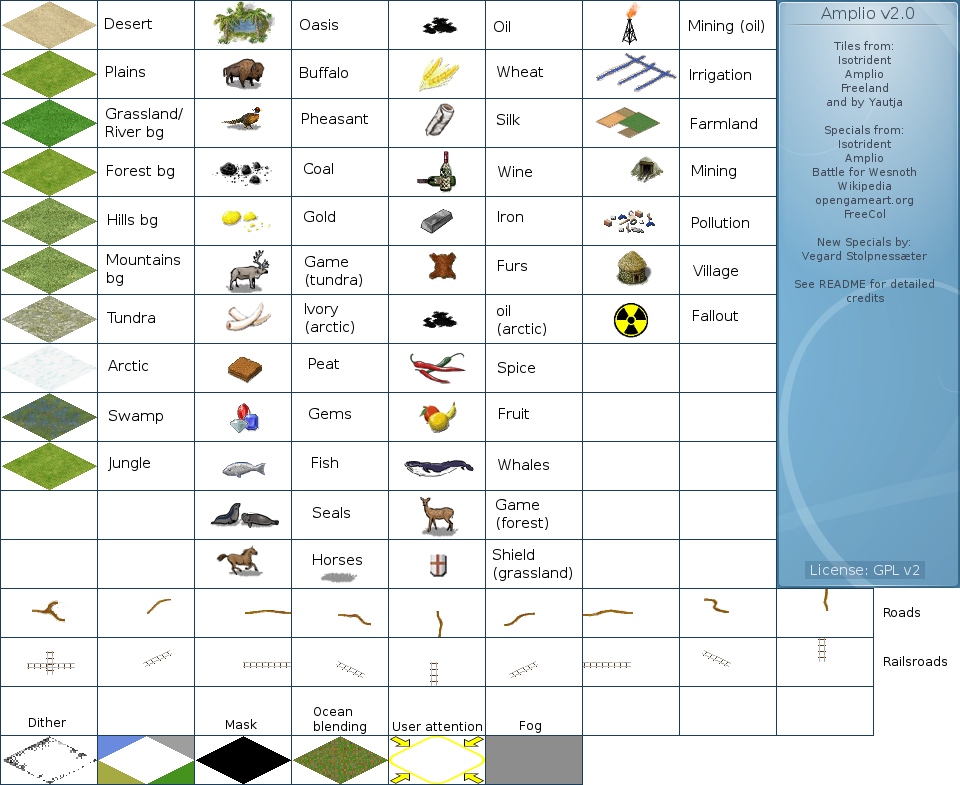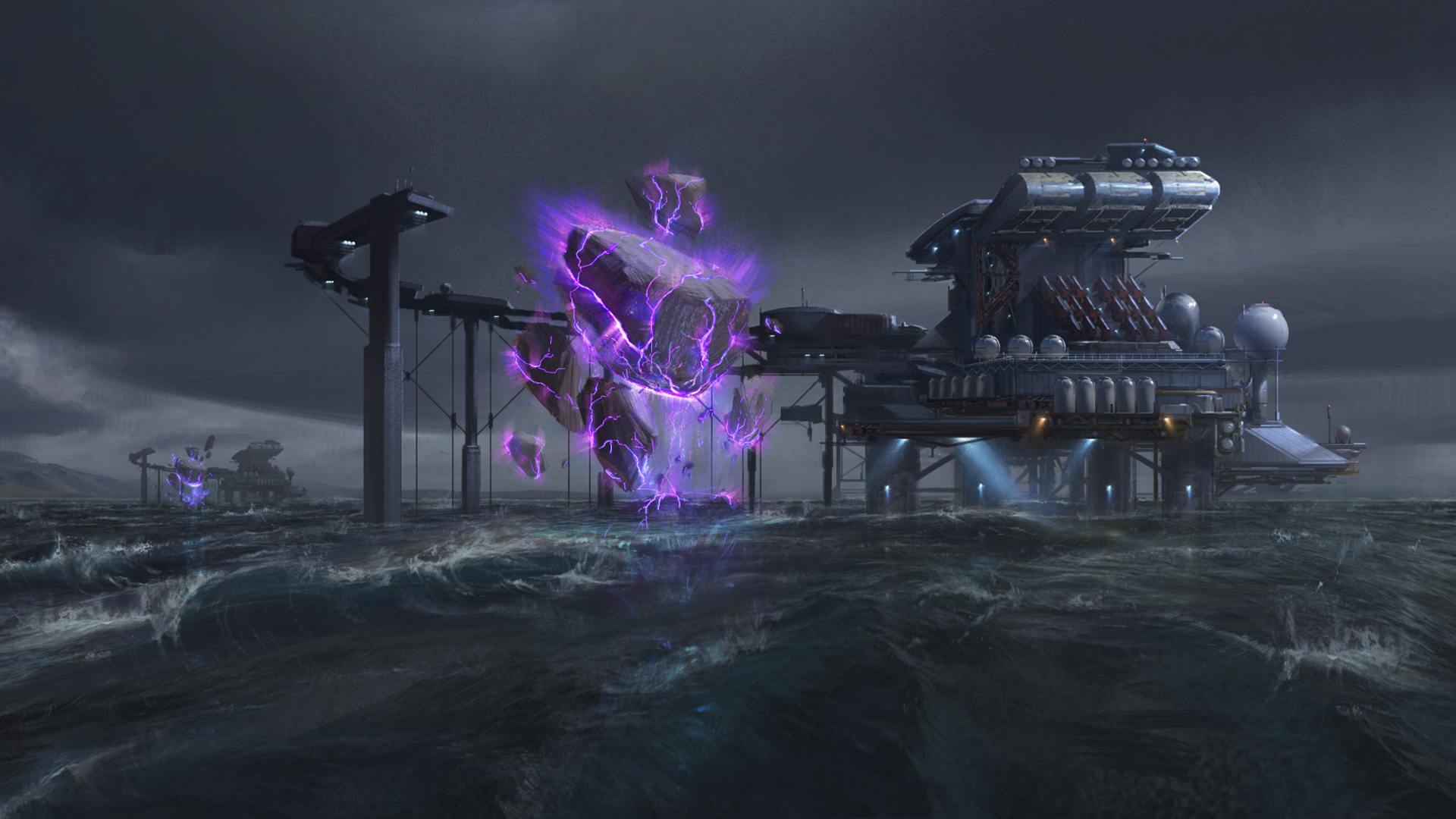
- #Freeciv number of tiles available to a city how to
- #Freeciv number of tiles available to a city free
While buildings affect only their own city, many wonders benefit all your cities. Wonders are unique structures that confer special advantages to your civilization. If a turn comes where you cannot pay the upkeep on all your buildings, some will be automatically sold. You can dismantle and sell a building, receiving one gold for each shield used in its construction. Once completed, most buildings require an upkeep of gold every turn. It costs production points ( shields) to construct buildings - often taking several turns. Most buildings become available when you achieve certain technologies, while other technology makes buildings become obsolete. Workers, Settlers, and Engineers could even transform the terrain to make the tile less productive, just like the Romans sowing the fields of Carthage with salt.Ĭities may be enhanced with buildings, each with a different effect. Most units can be ordered to pillage, which destroys tile improvements. You also can't work terrain if an enemy Land unit is standing on it: this means you can siege an enemy city by putting your units on the valuable resources of an enemy city. You cannot begin working a tile which a neighboring city is already working, nor can you work terrain inside another nation's borders. If the city has a Supermarket, the city center gets an instant +50% food bonus, which can eventually become a 100% bonus if double irrigated as Farmland.Ĭity tiles are automatically developed with Roads and other transportation improvements such as Bridges, after you have the required tech. Irrigating the tile will therefore give it no bonus, except in the case of Desert Rivers. City centers also gain whatever food bonus the terrain would have if it were irrigated. In addition, the city center always produces at least one food point and at least one production point.
#Freeciv number of tiles available to a city free
City centers give free output without being worked by a citizen. The tile on which a city is located is called the city center. Naturally, this will result in a city's vision expanding to see the new tiles it's capable of working. At size 30, they access a 7x7 grid minus 1 tile in each corner ( 45 tiles). At size 21, they access the corners ( 25 tiles).

Review the terrain chart to see the output of each type of terrain tile, special resources on that tile, and improvements like roads, irrigation, or mines.Īs cities grow, they access more tiles than the 5x5 grid minus corners ( 21 tiles).

By de-selecting a tile, the player can choose another tile to work, or assign the citizen to be one of 3 types of specialists (or 6 types with the Adam Smith wonder.) Each active tile is labeled with an XY Z showing the food/production/ trade it generates every turn. The example city on the right has all 4 of its citizens working tiles. To extract resources from a tile, you assign a citizen to work that tile from the city window.
#Freeciv number of tiles available to a city how to
Below is shown how a city's citizens extract natural resources, and how to increase city productivity.Įxample city: Note radius of workable tiles.Įach city works terrain in a 5×5 grid around the city, minus the corners. Each city on the map is labeled with its population, or size.Ĭities create production, gold, national territory, and technology. With the loss of its last citizen, a city becomes uninhabited Ruins. Famine, war, or making population units will reduce a city's population. Founders create a city of size 2.Ī city can grow to larger sizes and have many citizens working many tiles around it. For Settlers, this creates a city of size 1. Two keys to success in the game are: (1) Having as many cities as prudently possible and (2) Quickly growing them to be large.Ī city is created when Settlers or Founders do the Build City ( B) command on a tile. 11.3 Buildings that make unhappy citizens contentĬities are the source of all your economic output.



 0 kommentar(er)
0 kommentar(er)
